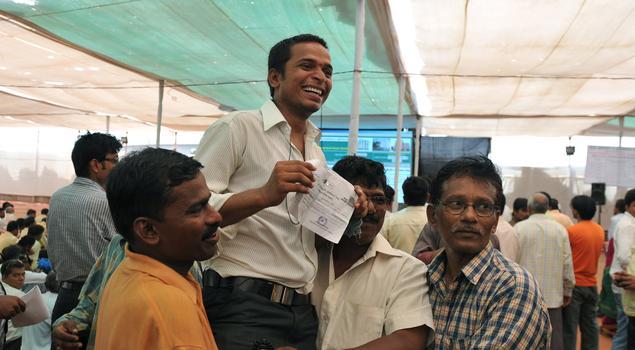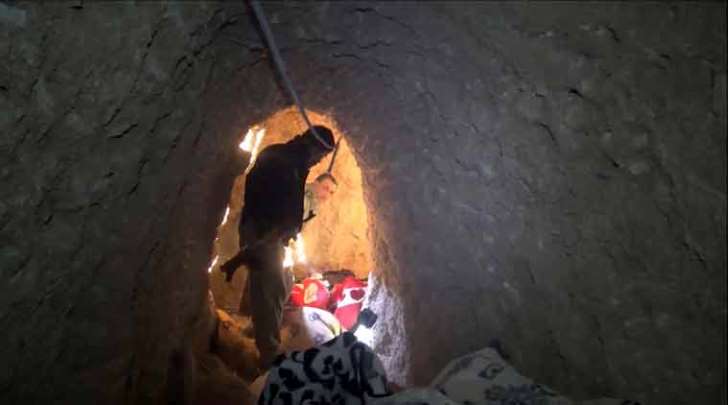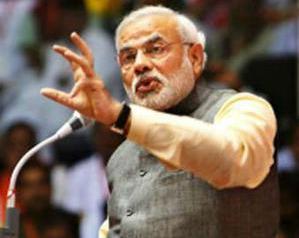October 31, 2012
As aspirations rise, India's burgeoning youth find that jobs are hard to get. Only a minority of Indian jobseekers are qualified for skilled occupations.

Experts say will see India hit 1.6 billion people in less than 20 years, overtaking China as the world's most populated country.
October 31, 2012
As aspirations rise, India's burgeoning youth find that jobs are hard to get. Only a minority of Indian jobseekers are qualified for skilled occupations.

Experts say will see India hit 1.6 billion people in less than 20 years, overtaking China as the world's most populated country.
NEW DELHI: Vijay Kumar clutched a worn plastic folder containing his high school diploma and his nursing aide certificate as he joined a long queue at an employment exchange in a New Delhi suburb. It's a familiar ritual. For six years he has struck out.
Kumar is one of the millions of young Indians who make up a population bulge that experts say will see India hit 1.6 billion people in less than 20 years, overtaking China as the world's most populated country. Over the next three to four decades India will become remarkably young, with more than half its population under 25.
India's politicians like to boast that the swelling youth population is a powerful rising tide that will propel the country into a global economic power while other Asian nations such as Japan grapple with graying majorities. They can point to China where a population spurt contributed to rising prosperity as a vast army of young people migrated from the countryside to the manufacturing heartlands in its south and east. But in India it just might become a waste of human potential on a monumental scale, another missed opportunity in a country perennially failing to deliver on its promise.
The burgeoning youth population "will be a dividend if we empower our young," Kapil Sibal, minister for human resource development, said recently. "It will be a disaster if we fail."
Young job seekers such as Kumar flock to some 900 state-run job centers across the country, where they vie for a limited number of entry-level jobs offered by the government and private companies. The government says 6.6 per cent of India's workers are jobless, a figure that belies that harsh reality of the labor market where many eke out a subsistence level existence in menial, unsafe and backbreaking jobs. The situation is worse for young job-seekers with government statistics placing the number of unemployed higher at 10.5 per cent.
Kumar grew up in the poverty-ridden eastern state of Bihar. Like countless others he moved to the Indian capital in search of employment.
"In Bihar, there was no hope of getting a job. It was a choice of migrating to Delhi or starving. It wasn't a choice, really," he said, at once dispirited and hopeful that the latest visit to the employment exchange will yield results.
The employment agency in the New Delhi suburb of Shahdara operates from one corner of a large unswept hall in a government building. Broken furniture lies at one end. A tangle of electrical wires and cobwebs hang from the ceiling. The walls are covered in dust. A slow moving ceiling fan whirls the dust in slow eddies.
Job applicants sit on a row of metal benches, shifting sideways till it's their turn at the single desk where a clerk with a computer and printer registers them to apply for openings. The jobs on offer are at the very lowest rung as clerks or office boys but as applicants say, it's a job.
Courtesy: ET







































































































